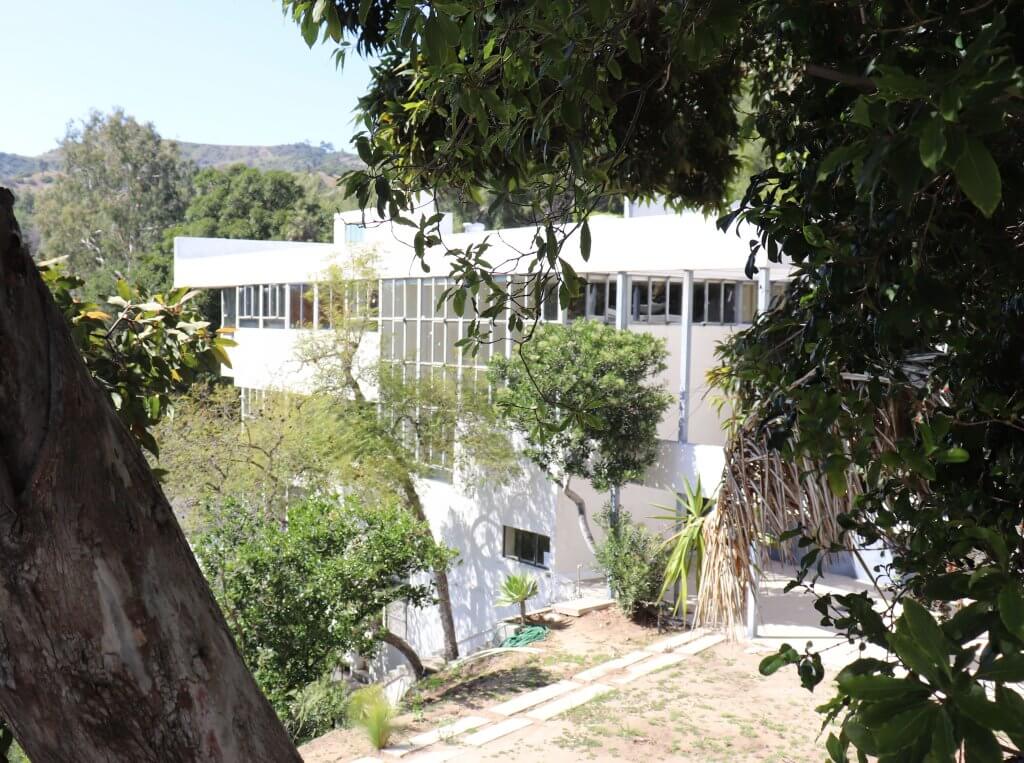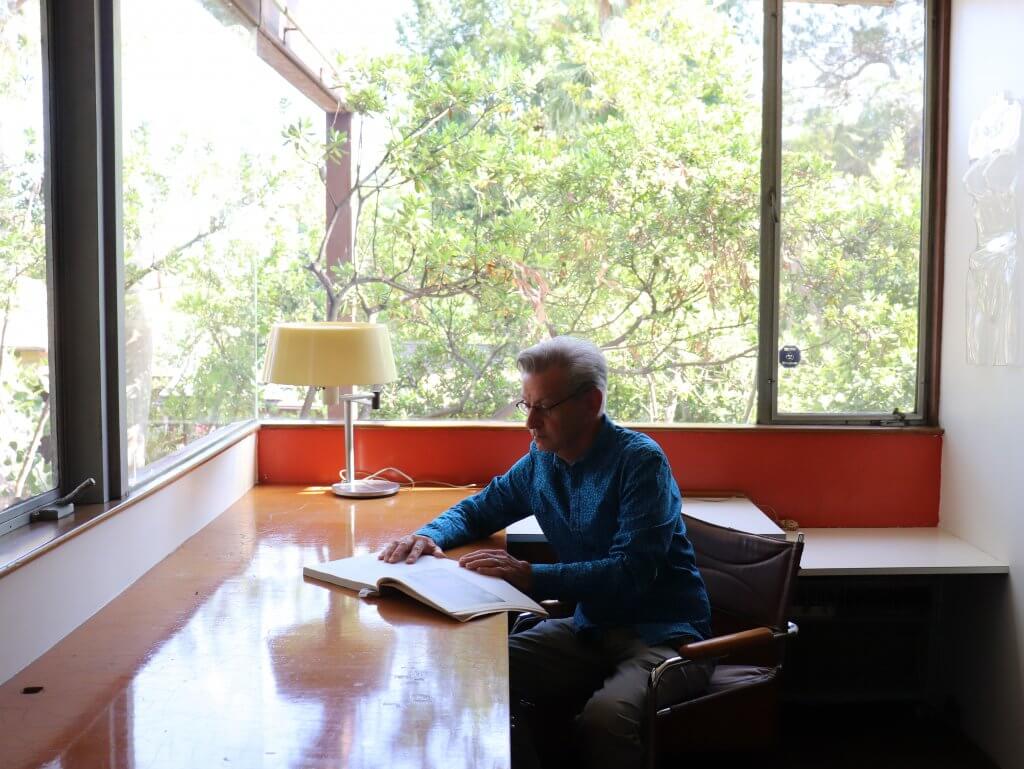‘Human habitat in the deepest sense is much more than mere shelter. It is the fulfilment of the search—in space—for happiness and emotional equilibrium‘ – Richard Neutra.
Funded by: Research England
Team: Paul Chamberlain
Our environment is the single largest determinant of our health (WHO), yet most research in the design of homes focuses on standards and guidelines related to space, energy performance and the use of sustainable construction materials. To date there is limited understanding of how the physical attributes of the home impacts upon health and wellbeing, to support ‘liveability’, that in turn can contribute to sustainable homes and support the changing needs of individuals (and co-habiting units) through life-course.

Richard Neutra set up the Neutra Institute, a non-profit organisation in 1962. Richard’s youngest son Raymond is today president of the Institute, its mission to preserve and use the Neutra legacy to promote creative research and design that benefits people and the planet. Raymond is retired after a public health career in environmental medicine and epidemiology at several universities and the California Department of Public Health.

In 2022 I was fortunate to be invited as the first international resident scholar at the Neutra Re-union house to undertake my research in the USA. It provided an opportunity to spend time with Raymond Neutra, meet and interview academics, architects, historians, owners of Neutra houses as well as visit, live and experience Neutra houses first hand. The residency has provided opportunity to visit case study houses and pioneering alternative living communities of Biosphere 2 and Arcosanti.

In 2023 and 2024 I revisited with follow up visits and my collaboration with the Neutra institute continues.
Bronwell (2022) suggests a widening gap currently exists between environmental health knowledge and its application to architecture and further suggests architecture should be a cure not a cause for illness. Motivation for architectural reform was rooted in the Southern Californian mania for healthy, open-air living in the early part of the 20th century. Kilston (2019) notes, the Southland was considered a refuge for people with tuberculosis, and common features of sanatorium – white walls, decluttered interiors, picture windows, sleeping porches—coincided with modernist values. A purified aesthetic also appealed to California’s alternative cultures: leftist cells, utopian communes, dietetic retreats, nudist colonies and vegetarianism. Much of these ideals were driven by European architects who had moved west as a consequence of the two world wars. One of which was Richard Neutra, born in Vienna and moved to the USA in 1923. Not only did Neutra produce significant buildings, but he was also a prolific writer and left a legacy of seminal books and writings that help us understand how his thinking informed his work, arguably more than any other 20th century architect. Consequently, Richard Neutra would seem a good reference point to explore.
Outputs
Please see below, presentations that have taken place:
- Keynote Presentation. Royal College of Occupational Therapists, The Evolution of Home. Annual Conference Nov. 2021
- Keynote Presentation at Retrofit, Building Centre, London. Sept. 2023.
- Presented at Liveable Cities Conference. Architecture, Media, Politics Society, New York. June 2023
 to top
to top
